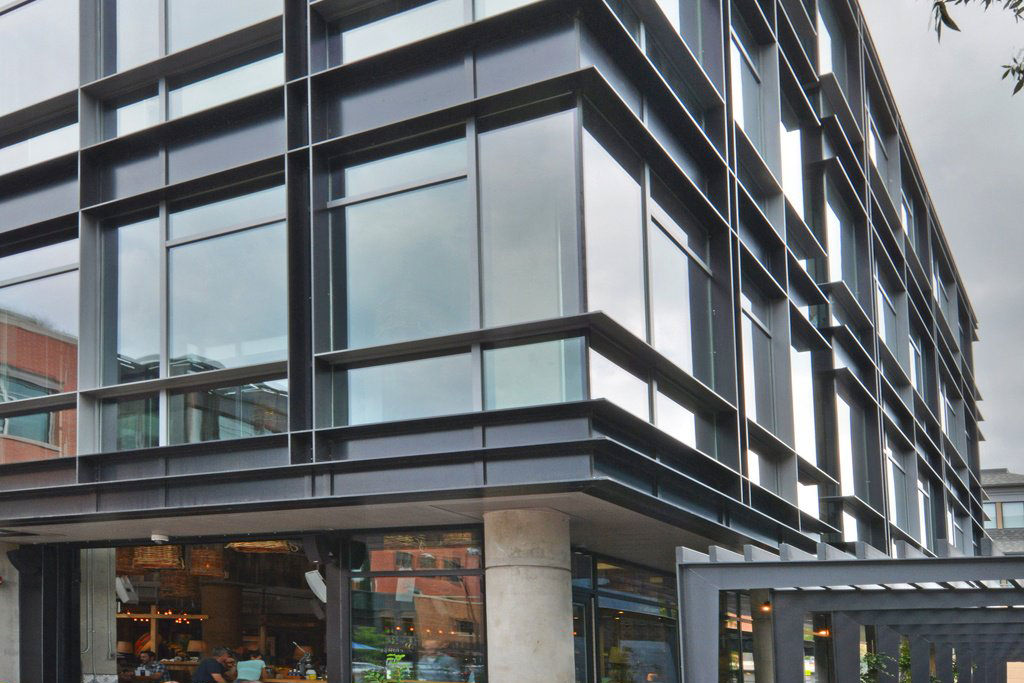
6 Tips for Commercial Real Estate Investing
For those looking to get into the game, consider these 6 tips for commercial real estate investing.
Evaluate you tenants: Tenant mix refers to the combination of various tenants holding leases in a property. In retail, a good tenant mix strategy considers how the retailers can share customers by providing an optimal mix of merchandise in one location. This is also referred to as adjacency. It is occasionally beneficial to lease to retailers who have competitors in close proximity. A consumer shopping for furniture, for example, is likely to visit several furniture stores if they are within close proximity to each other.
For office properties, professional tenants can complement each other. Medical and wellness businesses tend to lease offices within the building. They tend to desire the same finishes, noise levels, and amenities. Tech tenants also tend to share synergy as well.
When purchasing a property, evaluate tenant stability. You don’t want to buy a property with high turnover rates. Watch out for month-to-month tenants and understand renewal options in advance.
Look at stability, access, and desirability: Location is everything, but how do you determine if a location will live up to all it promises? Market stability is a good indicator of your potential for success. Ask your broker for the latest market data. Accessibility is also important. For office, consider commuter access or walkability. For retail, consider parking and traffic flow. Finally, understand whether the location is desirable or at least up and coming. Your broker can help you evaluate a location’s current and future value.
Know what capital improvements are needed: When evaluating a property, look at what maintenance and improvements have been put off. Owners will often defer maintenance costs to maximize immediate cash flow. If you are purchasing a renovated property, note what has been repaired versus replaced and what improvements were not made at all. The most important improvements are roof systems, parking lots, and HVAC equipment. Note that you can’t just buy a property, make improvements, and charge the tenants for it. Ensure you have enough cash to deal with necessary improvements. If maintenance has been severely deferred, be sure you can still secure a loan on the property.
Determine your preferred cap rates: The capitalization rate refers to the potential annual rate of return on a property. It is calculated by dividing the net operating income (the sum of all potential income minus vacancy and operating expenses) by the value of the property.
Be conservative when calculating; use the high end of expenses and low end of income. Make sure you know whether that includes management fees or not. Make sure you have your broker help you with your proforma/financial analysis.
Currently, cap rates in Boulder for multi-family are 4.5-5.5% and slightly higher for retail, office, and industrial at 6% or more. Because property values are so high in Boulder and the market is so limited, Boulder properties offer more limited cap rates. You may find investment opportunities with slightly higher cap rates in the greater Boulder County area.
Consider property taxes and flood insurance (especially in Boulder): In Boulder County, property taxes are higher than average for the nation. This needs to be incorporated in your triple net fees. If you are in any floodplain zones (100-year flood zone in Boulder) you are required to carry flood insurance. This may also affect your ability to redevelop if that is something you are considering.
Check out podcasts: There is a wealth of good information about commercial real estate investing on the internet, and of course you can always contact us here at BOOM. One great podcast for all things real estate investing is BiggerPockets.
